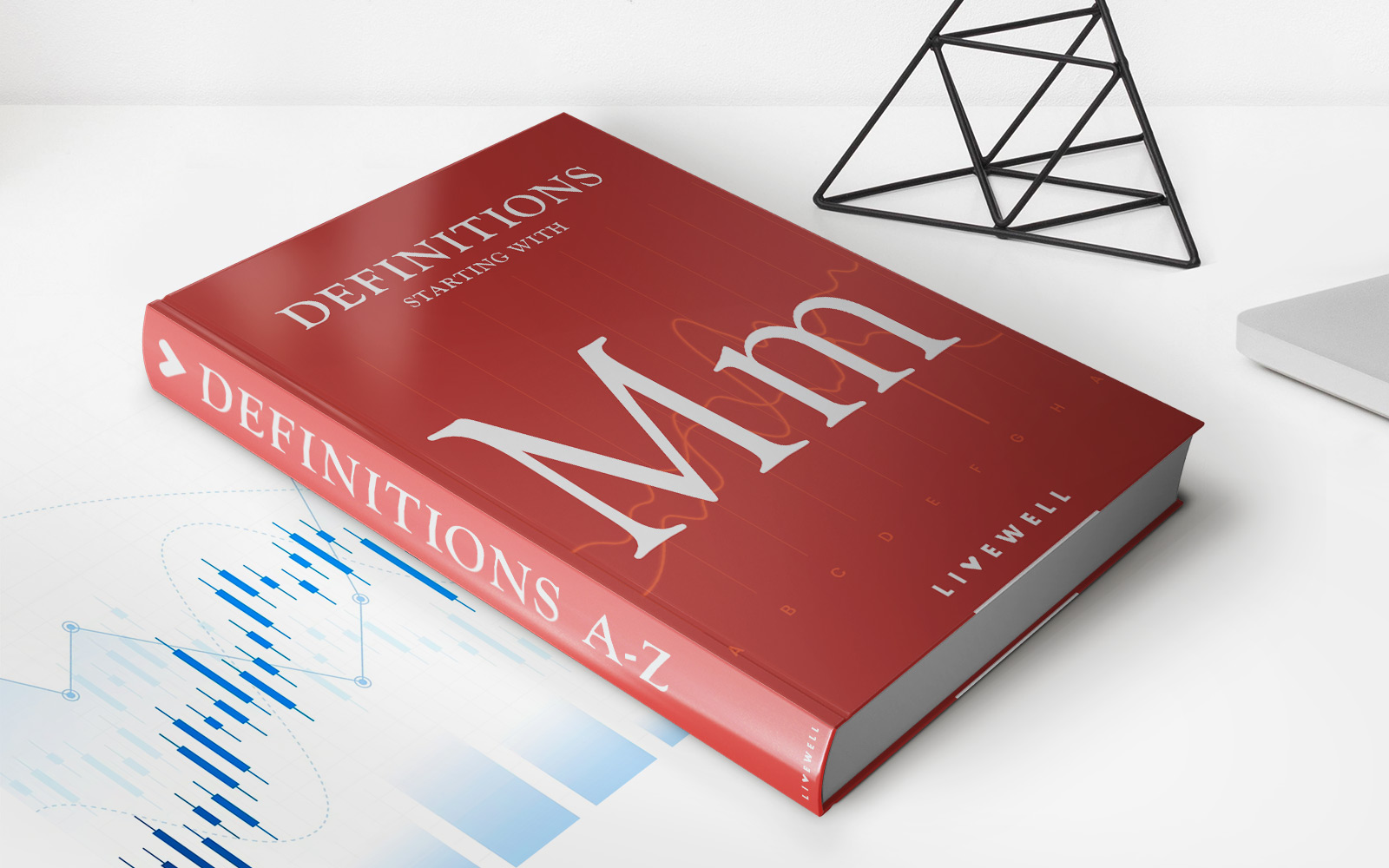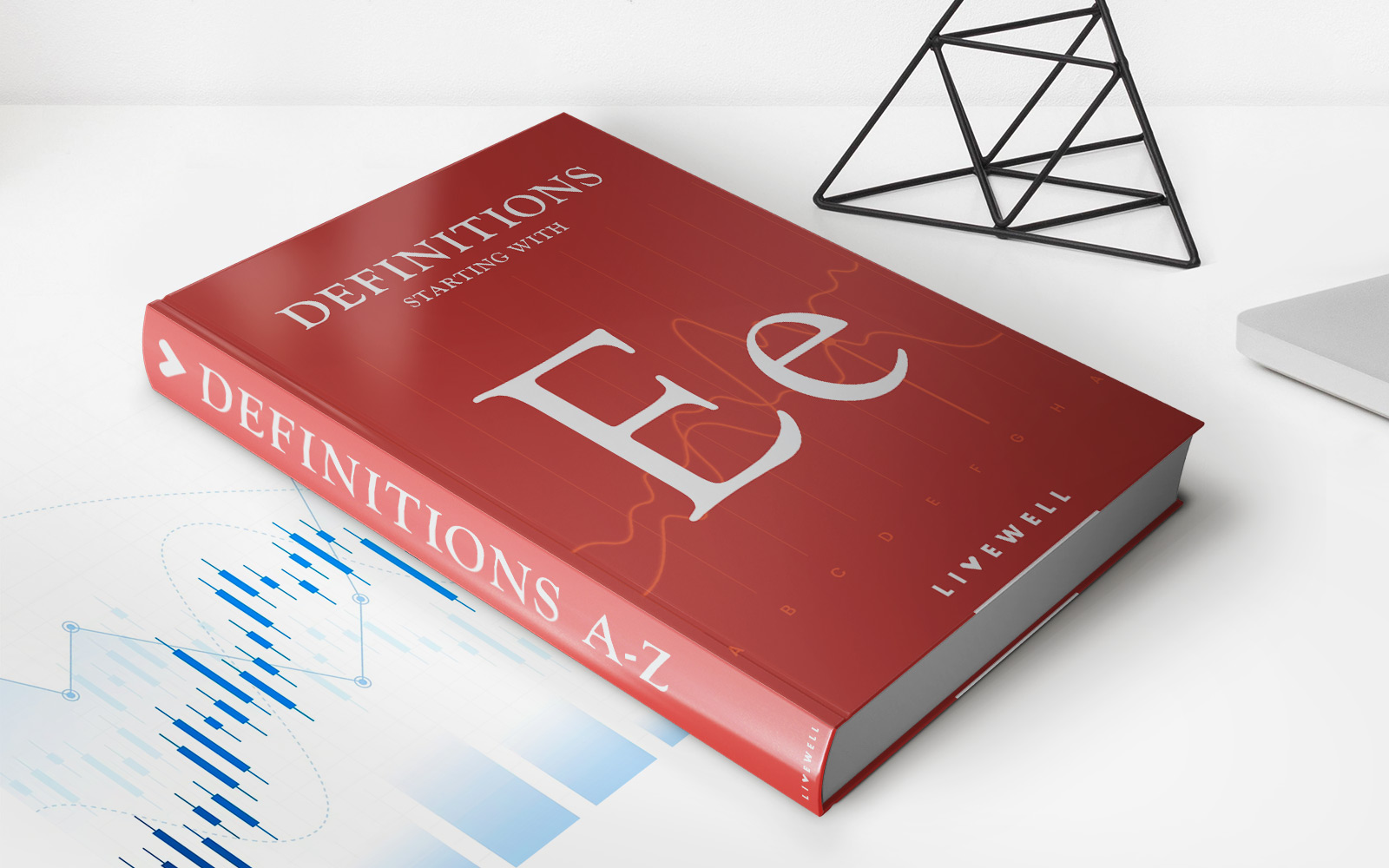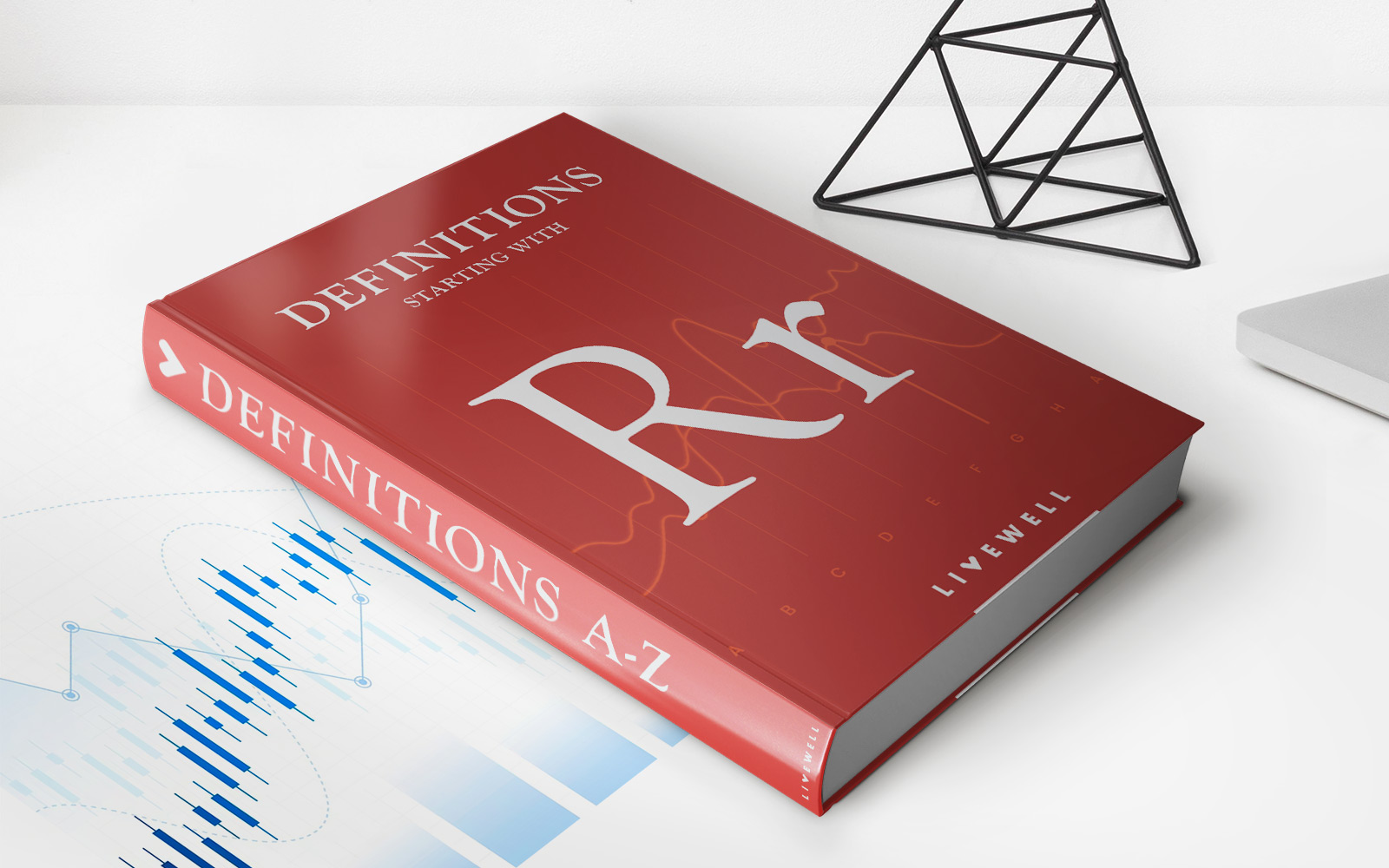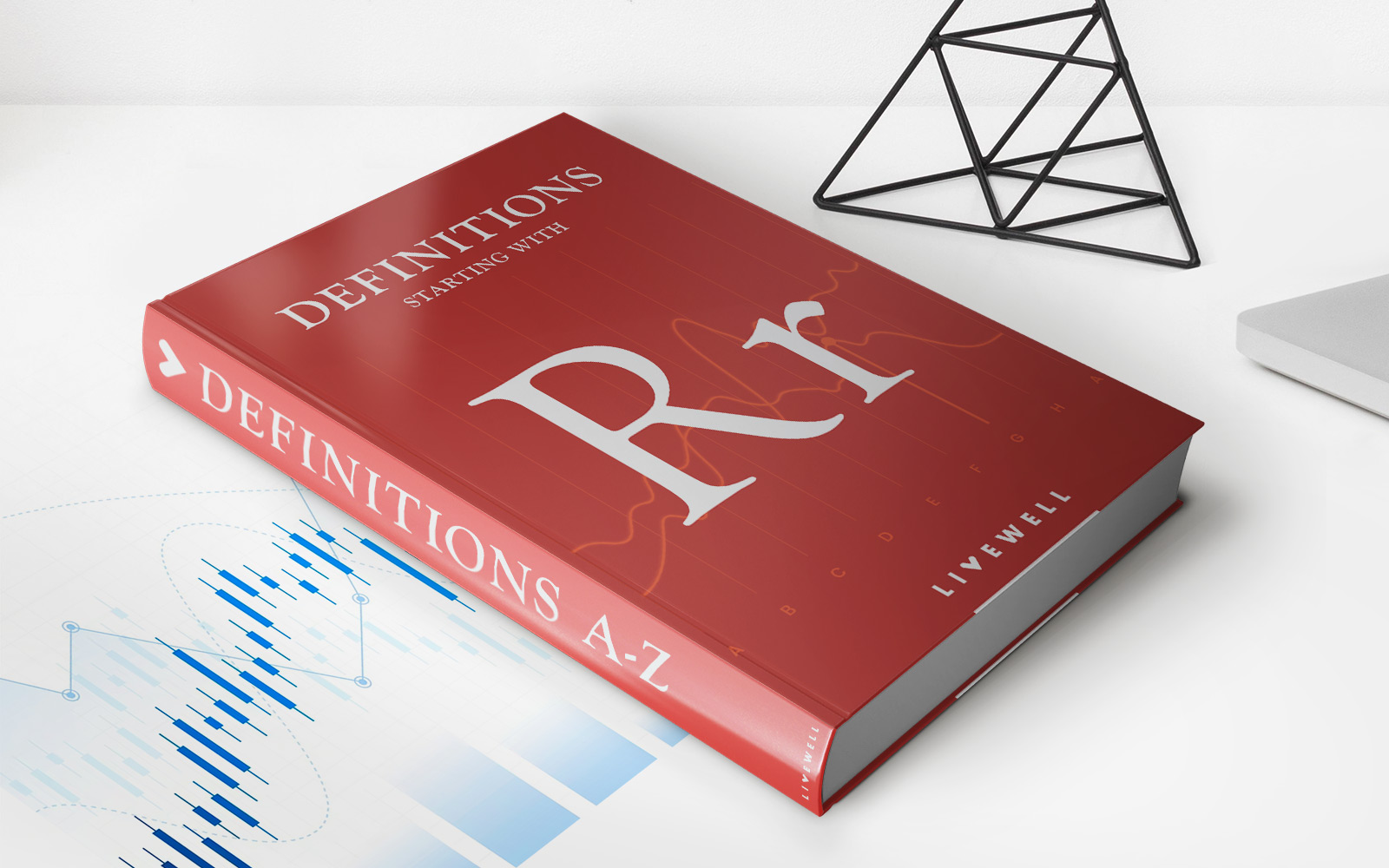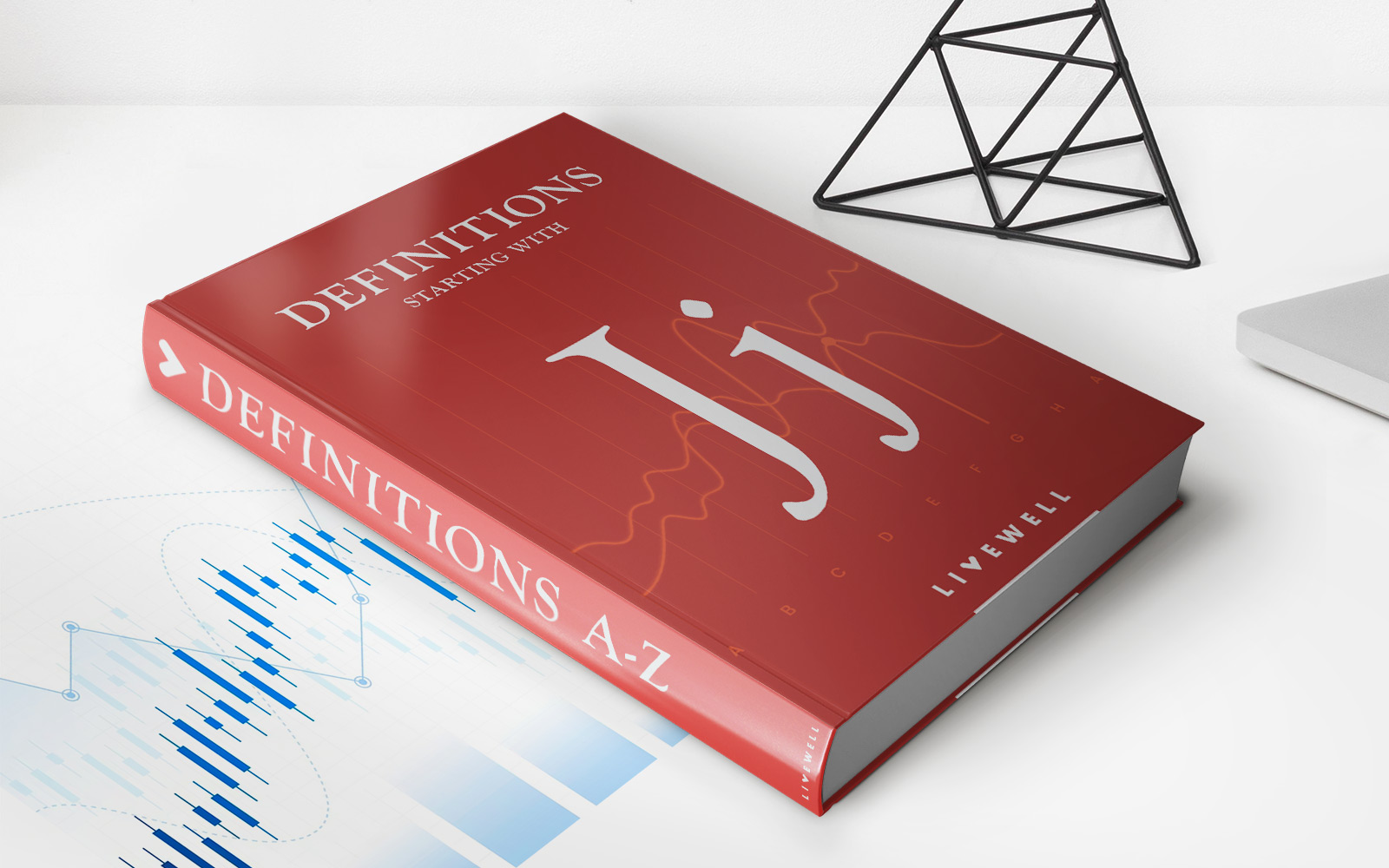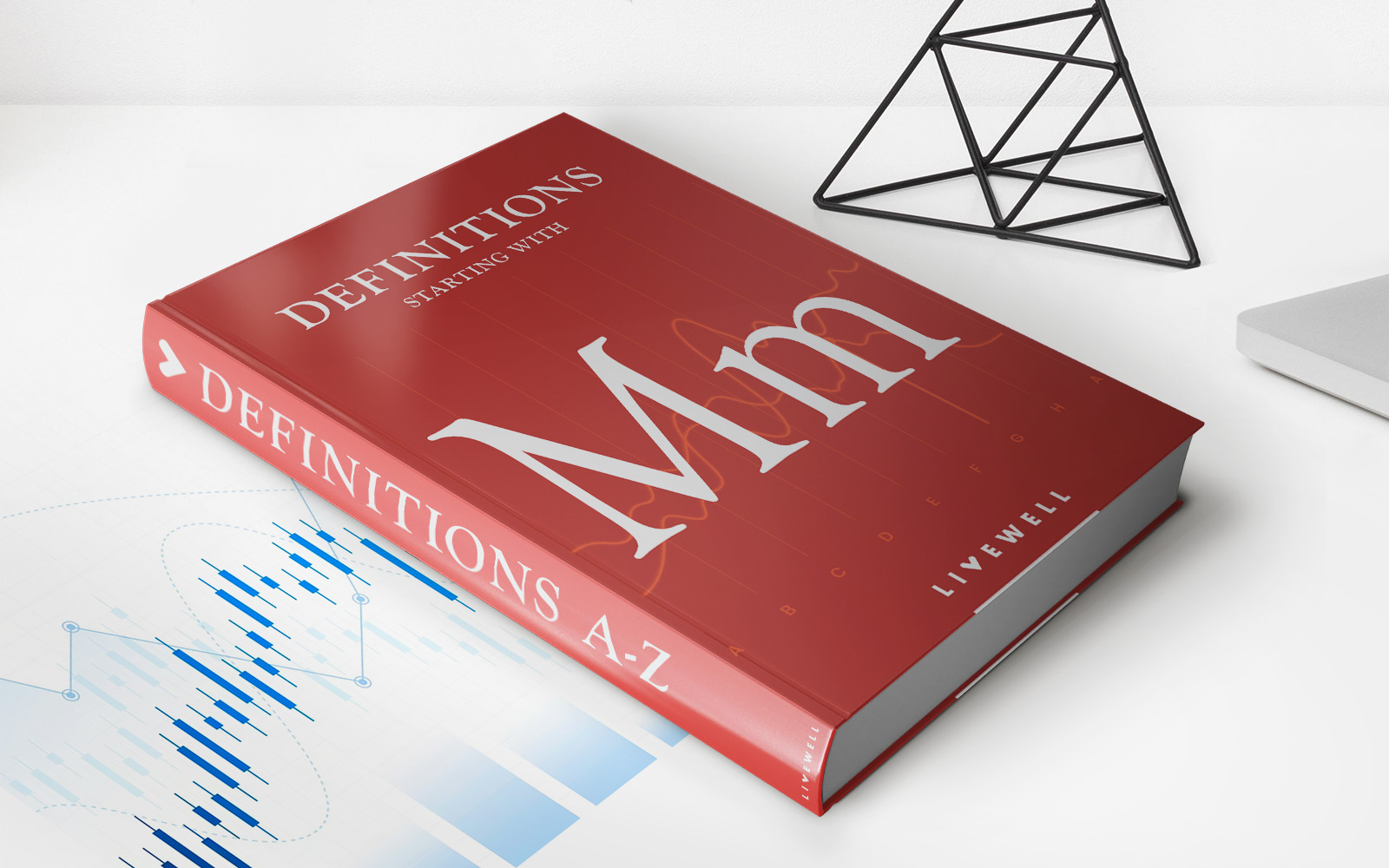

Finance
Mandatory Redemption Schedule Definition
Published: December 22, 2023
Discover the meaning of mandatory redemption schedule in finance and how it impacts investments. Gain insights into this important financial concept.
(Many of the links in this article redirect to a specific reviewed product. Your purchase of these products through affiliate links helps to generate commission for LiveWell, at no extra cost. Learn more)
Understanding the Mandatory Redemption Schedule in Finance
When it comes to finance, there are various terms and concepts that might seem complex and intimidating at first. One such term is a mandatory redemption schedule. But don’t worry, we’re here to break it down for you and explain it in simple terms.
A mandatory redemption schedule is a schedule or plan that outlines the specific dates and amounts at which a financial instrument must be redeemed or repaid. This schedule is typically set by the issuer of the instrument, whether it is a bond, preferred stock, or other debt security. It ensures that the issuer will repay the principal amount to the investors at predetermined intervals.
Key Takeaways:
- A mandatory redemption schedule determines the dates and amounts at which a financial instrument must be repaid.
- It is set by the issuer of the instrument and ensures the repayment of the principal amount to the investors.
Now that we have a general understanding of what a mandatory redemption schedule is, let’s dive deeper into why it is important and how it works.
Importance of Mandatory Redemption Schedule:
A mandatory redemption schedule is crucial for both the issuer and the investor. Here’s why:
- Issuer: For the issuer of the financial instrument, a mandatory redemption schedule provides a clear roadmap for repaying the investors. It helps the issuer manage their cash flows and meet their repayment obligations.
- Investor: Investors rely on the mandatory redemption schedule to plan their investment strategy. It helps them understand when they can expect to receive their principal amount back, enabling them to make informed decisions about their investments.
How Does It Work?
A mandatory redemption schedule typically includes the following information:
- The maturity date: The final date on which the issuer is obligated to repay the principal amount.
- The redemption amount: The amount of principal that will be repaid on each redemption date.
- The redemption dates: The specific dates on which the redemptions will occur.
The redemption dates can be spread out over the life of the instrument, ensuring that investors receive their principal amount gradually rather than all at once. This can be beneficial for both the issuer and the investor as it helps manage risk and provides a steady cash flow.
In conclusion, a mandatory redemption schedule is an important tool in the world of finance. It sets out the repayment plan for financial instruments, ensuring that both issuers and investors have a clear understanding of when and how the principal amount will be repaid. By understanding the concept of a mandatory redemption schedule, investors can make informed decisions, and issuers can manage their financial obligations effectively.
